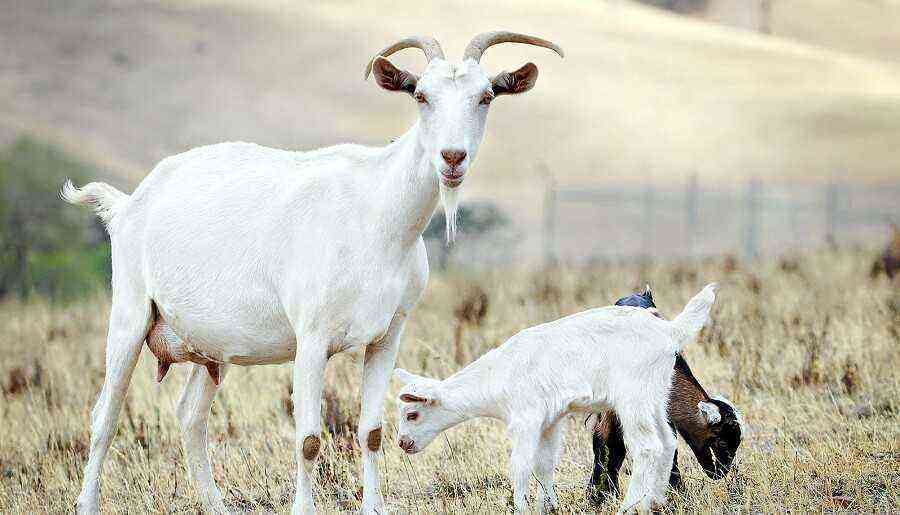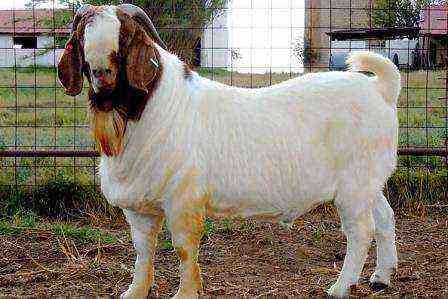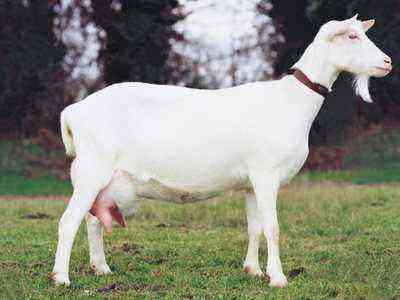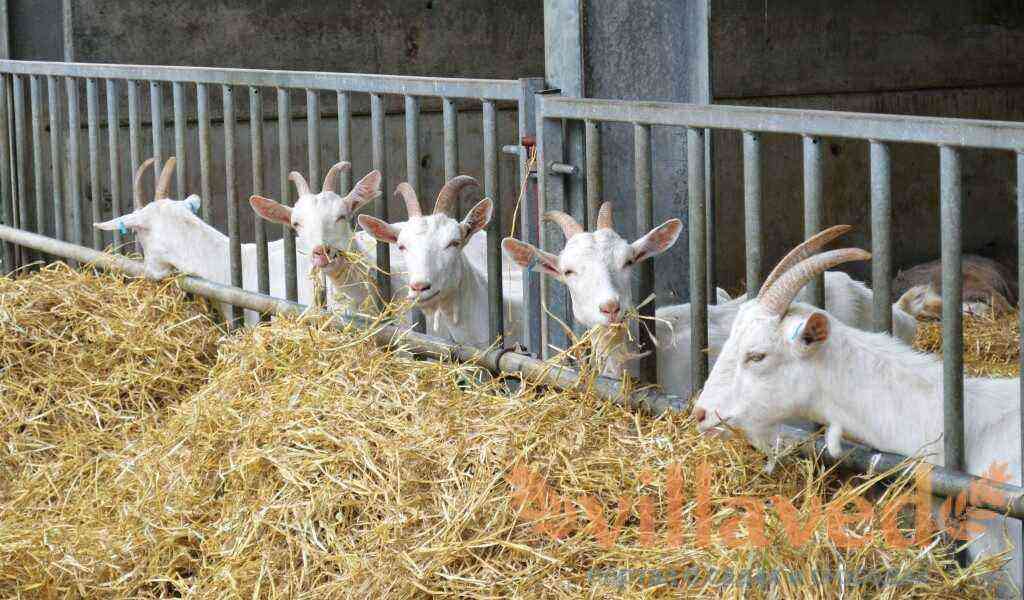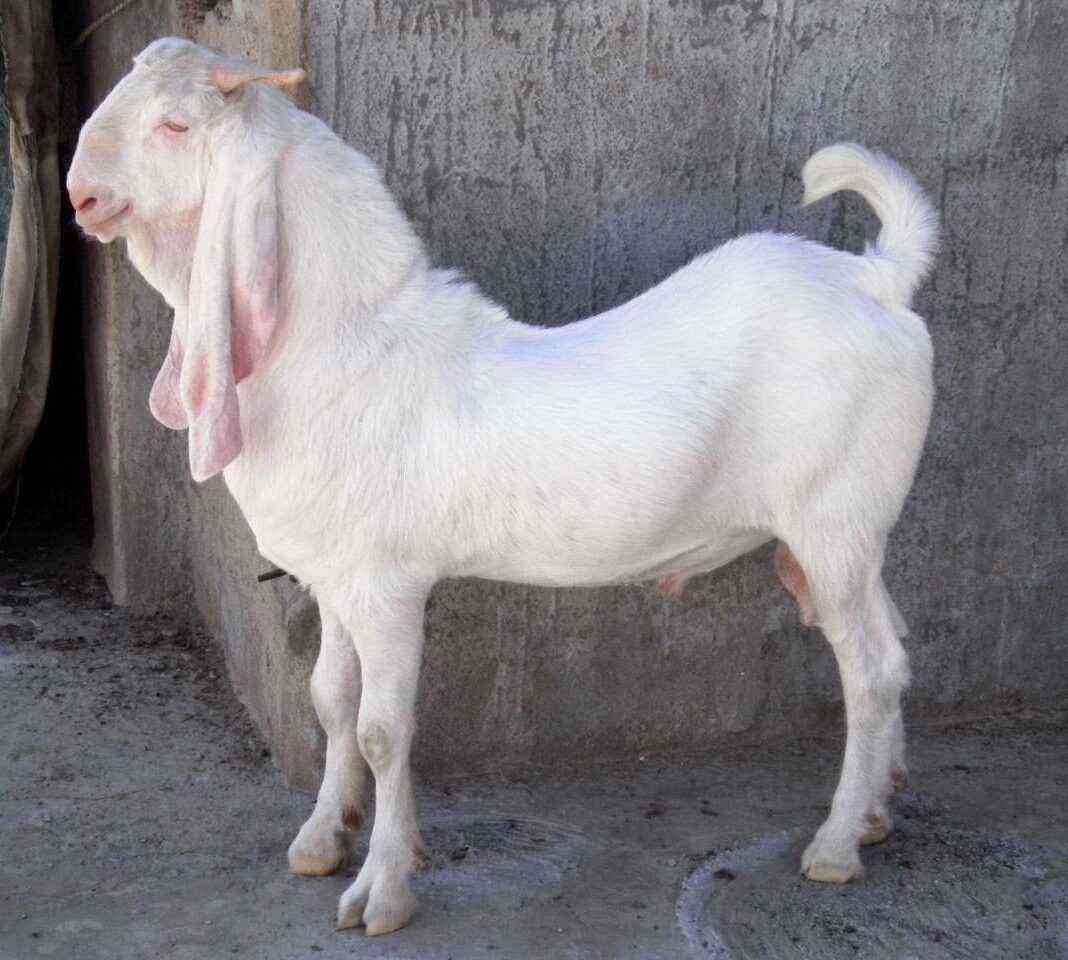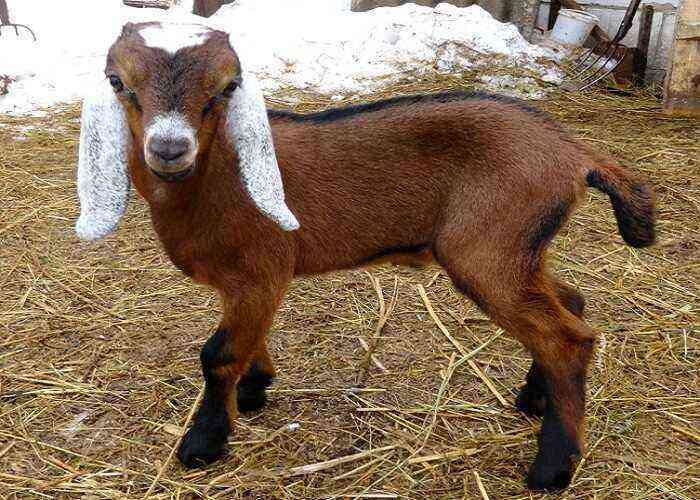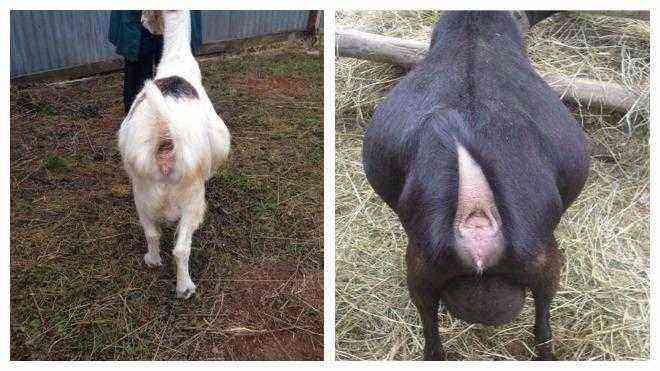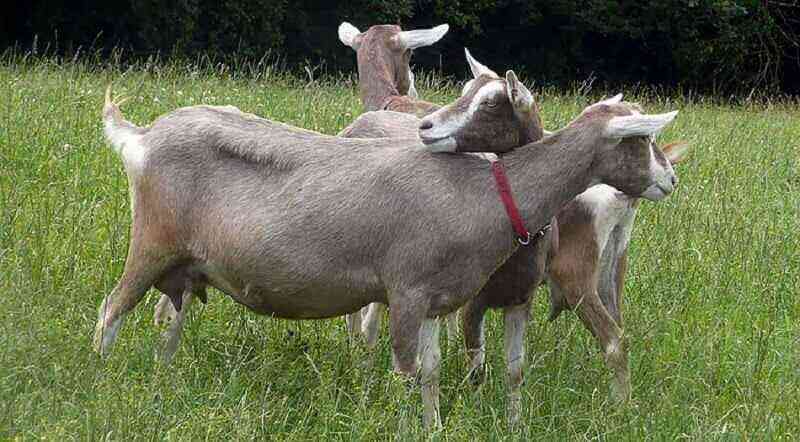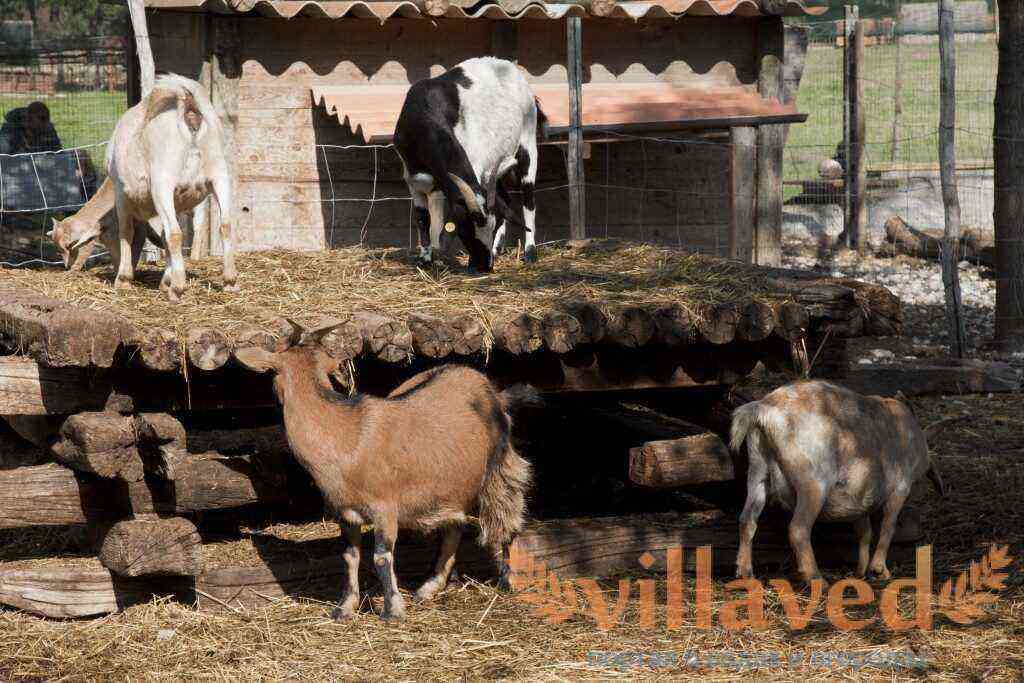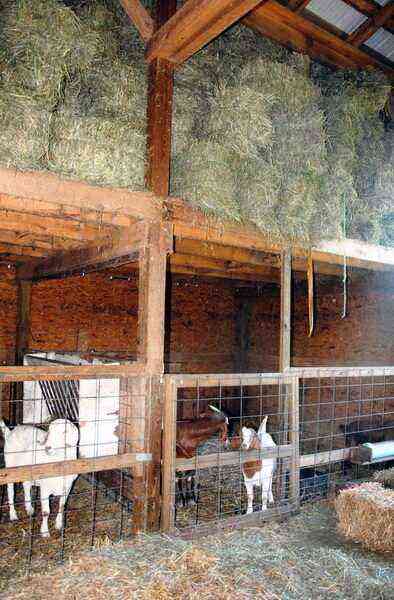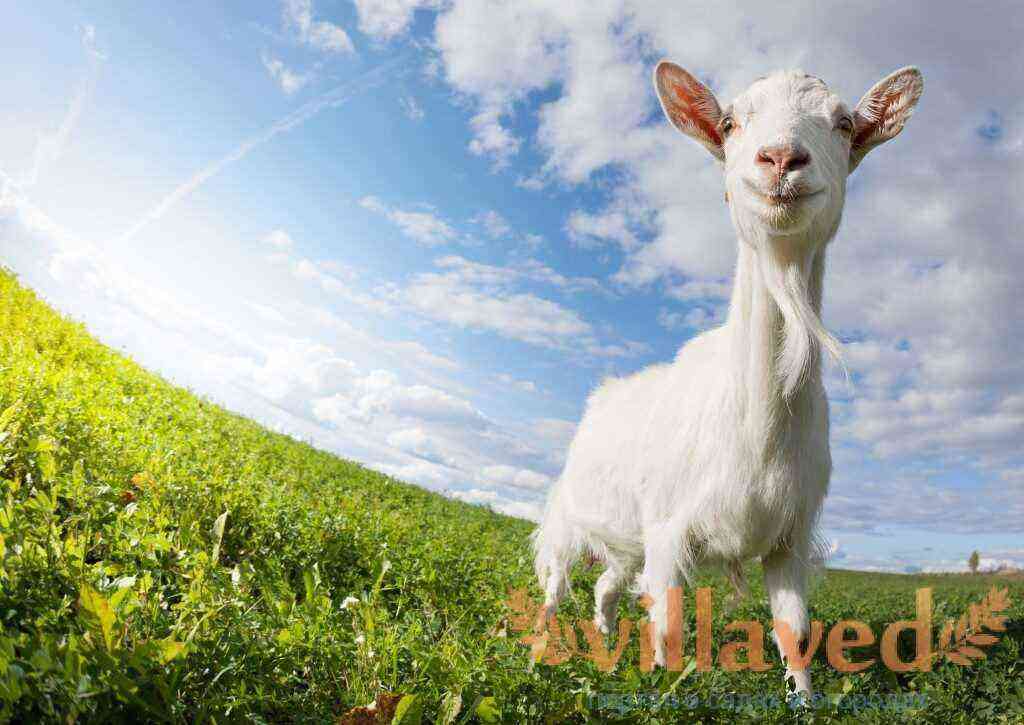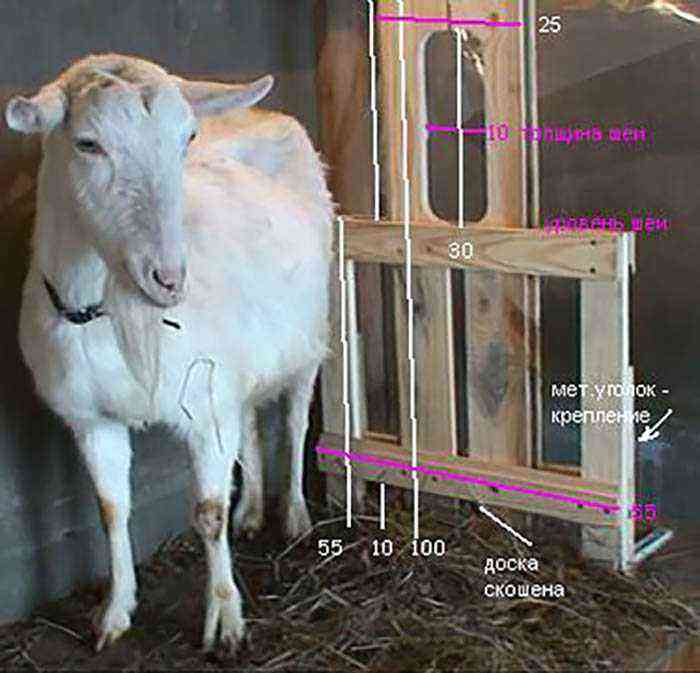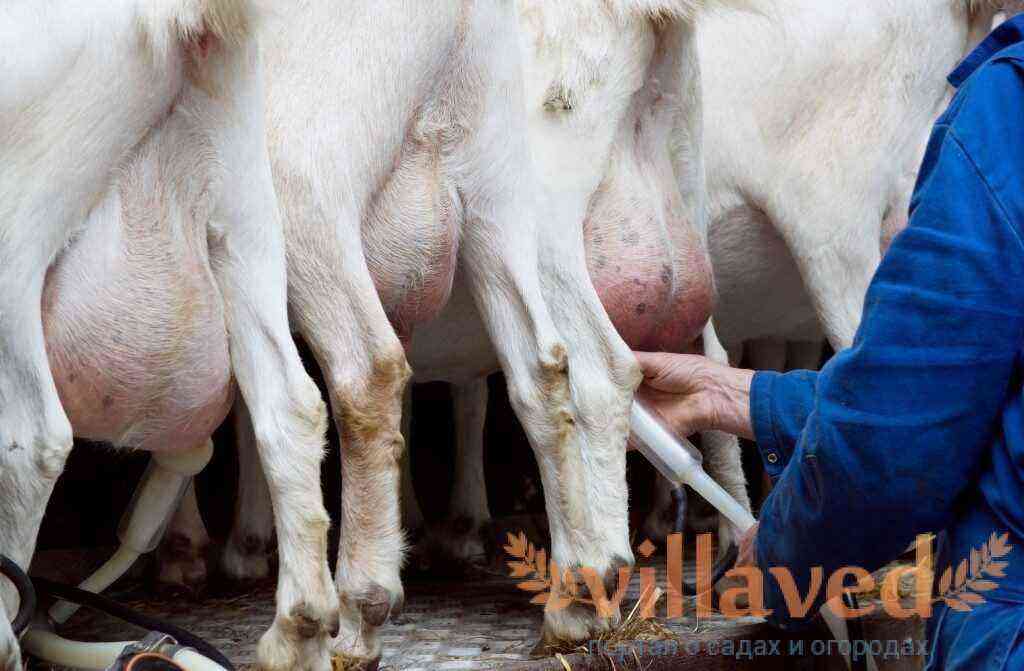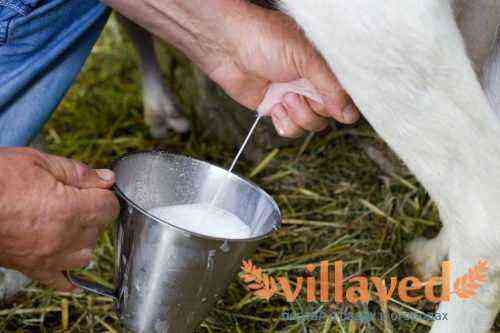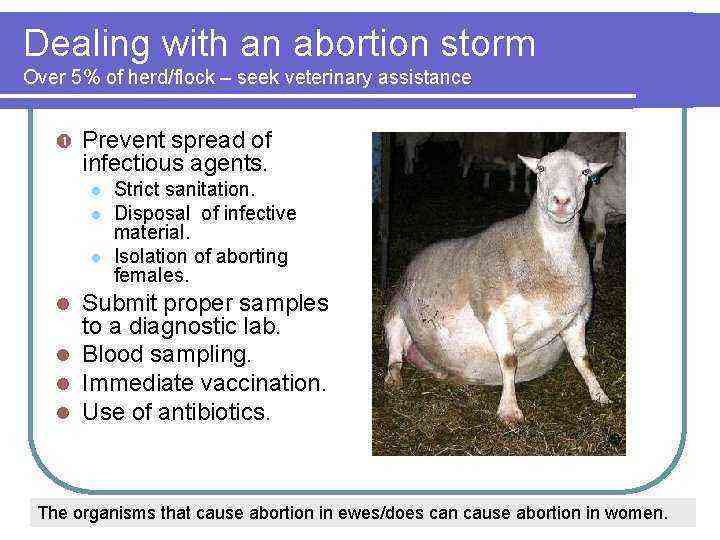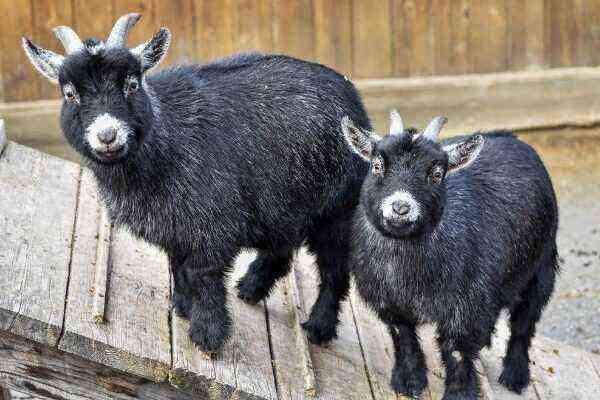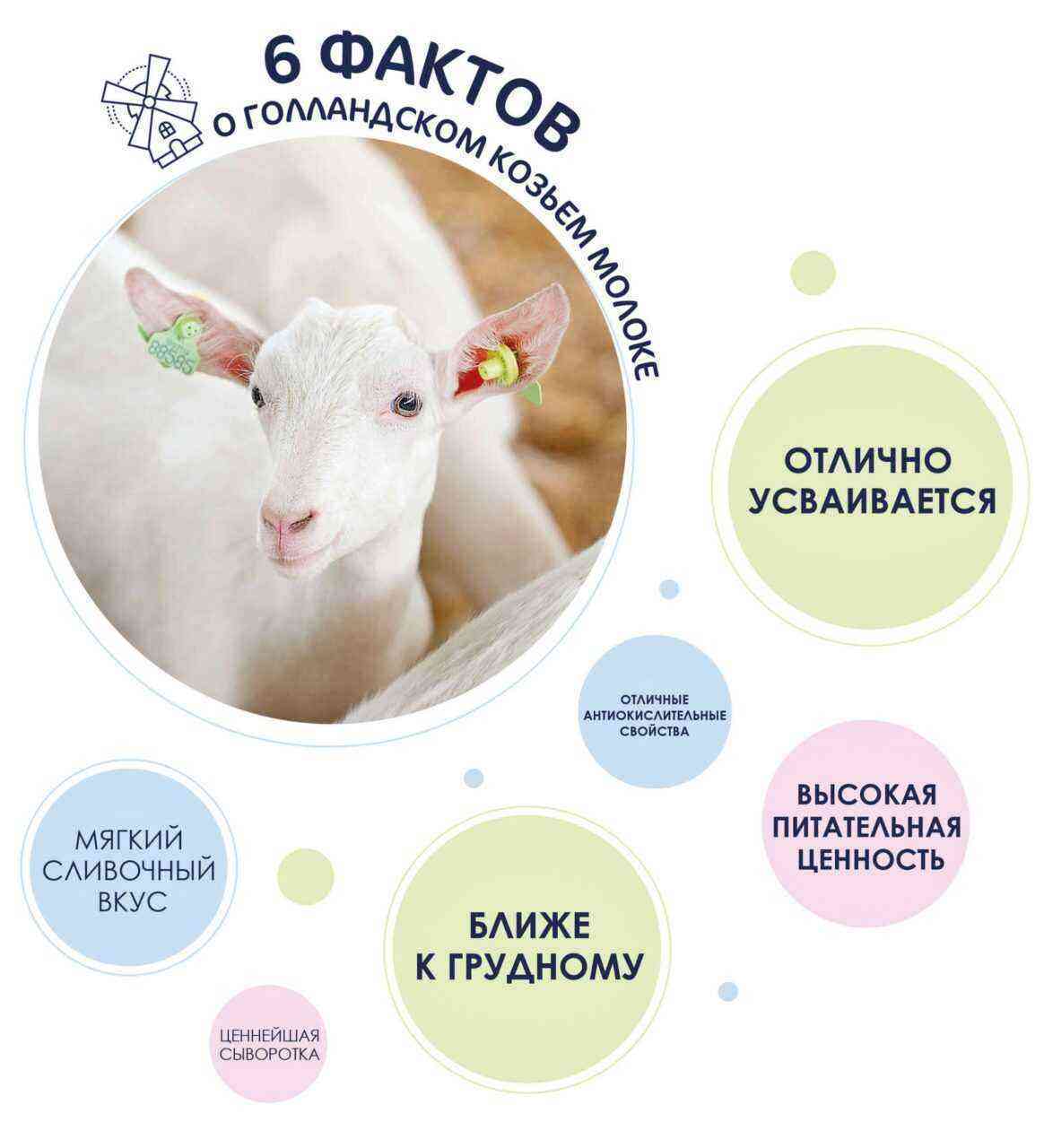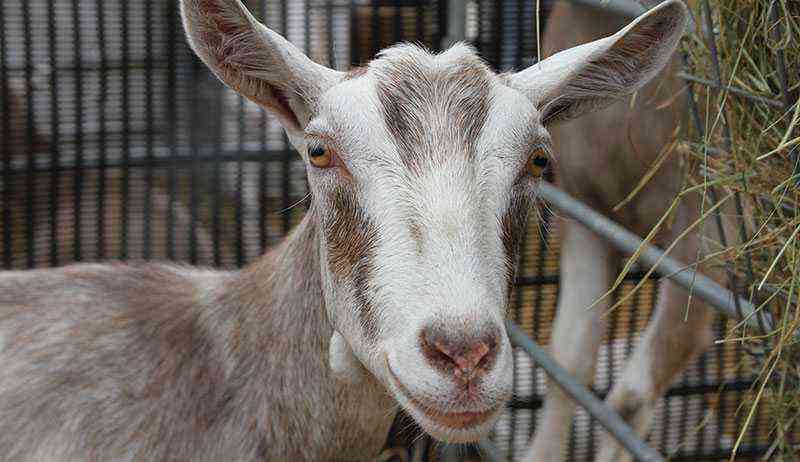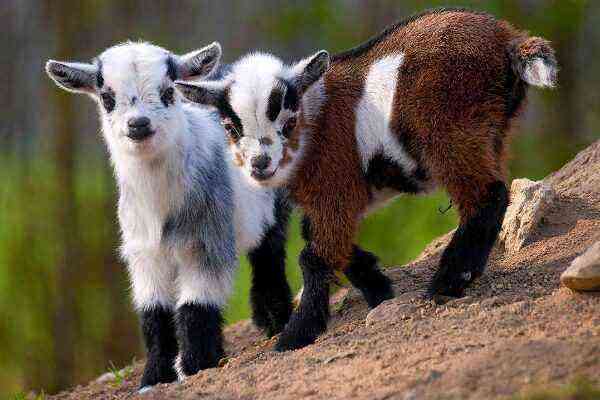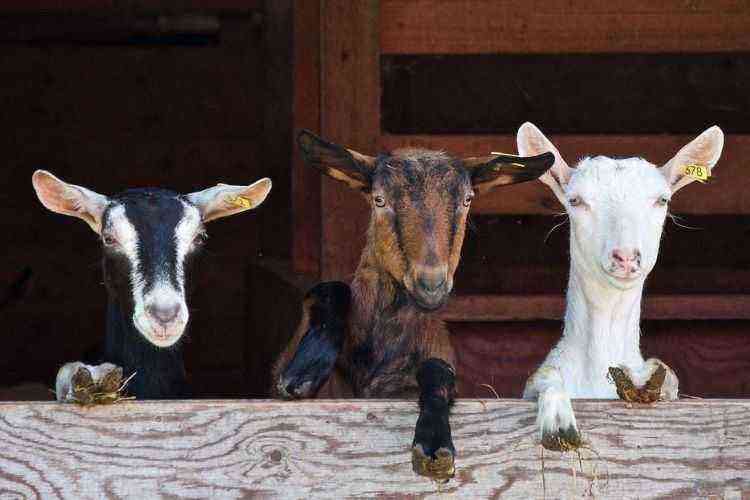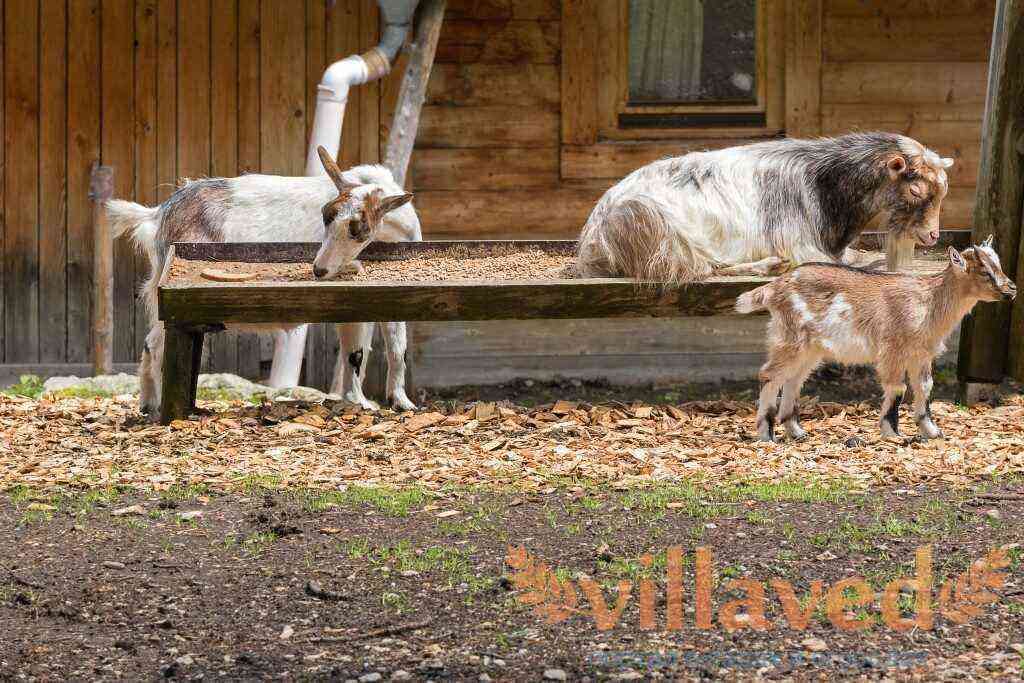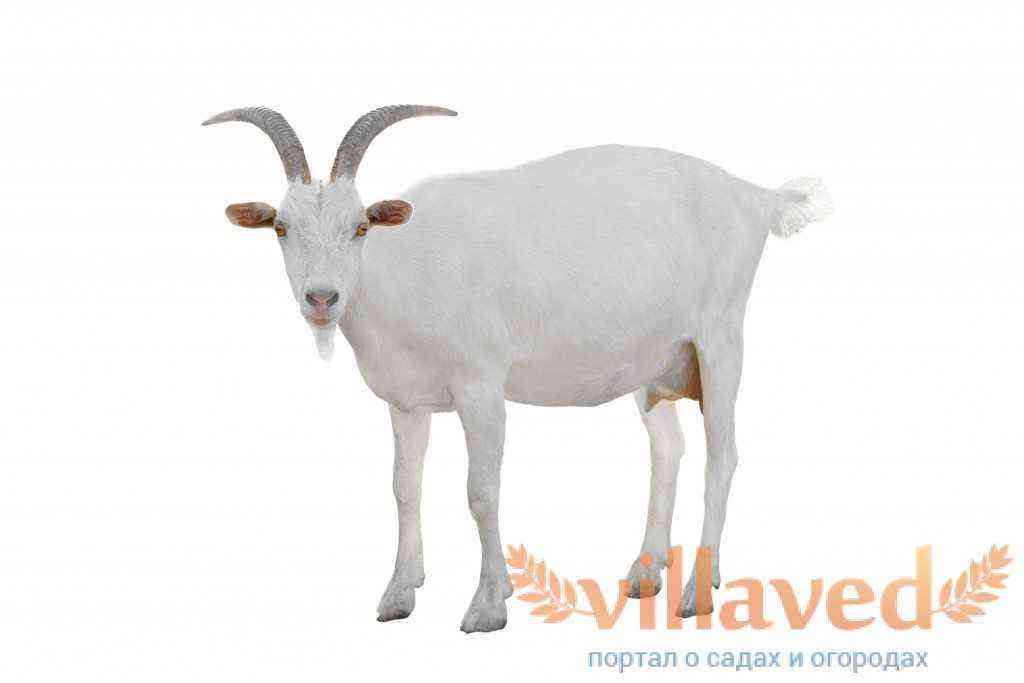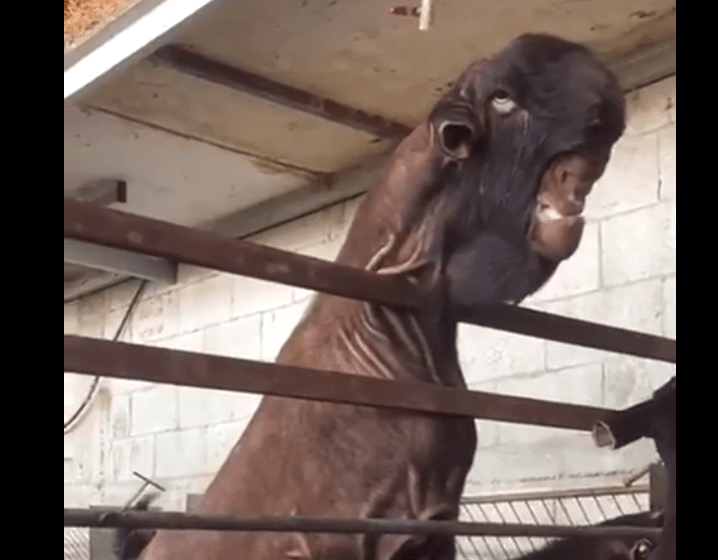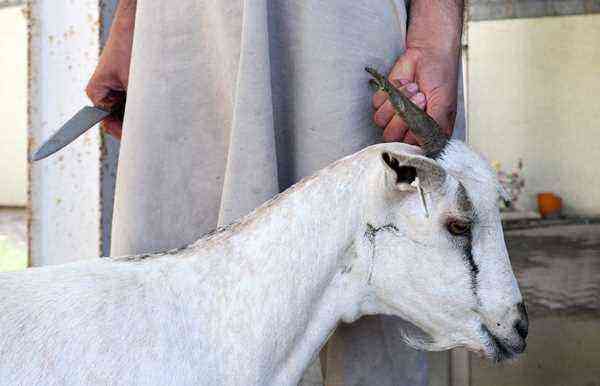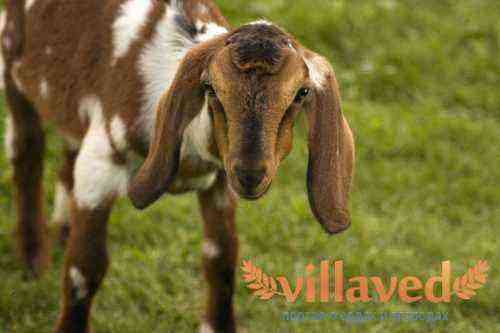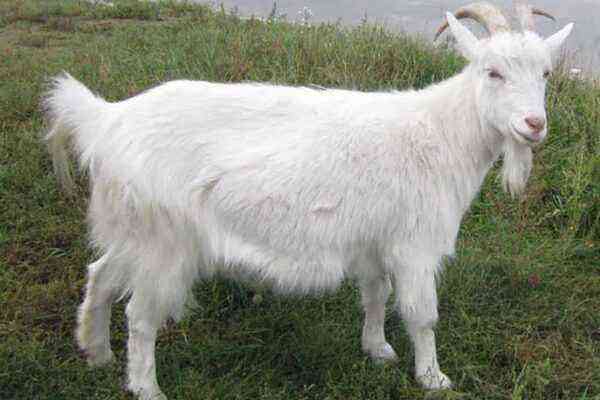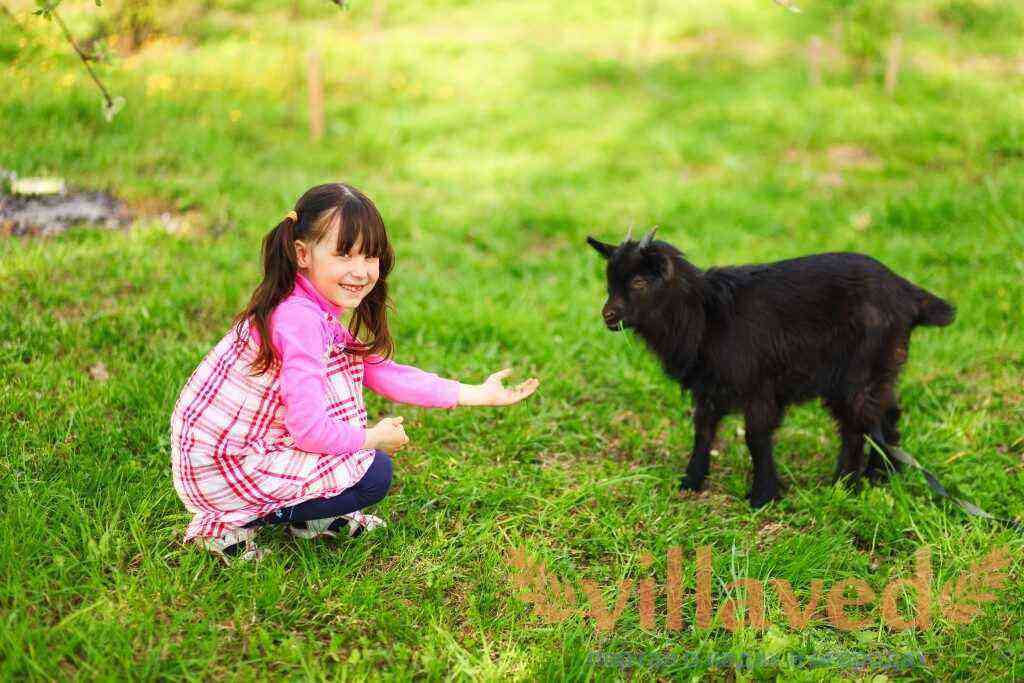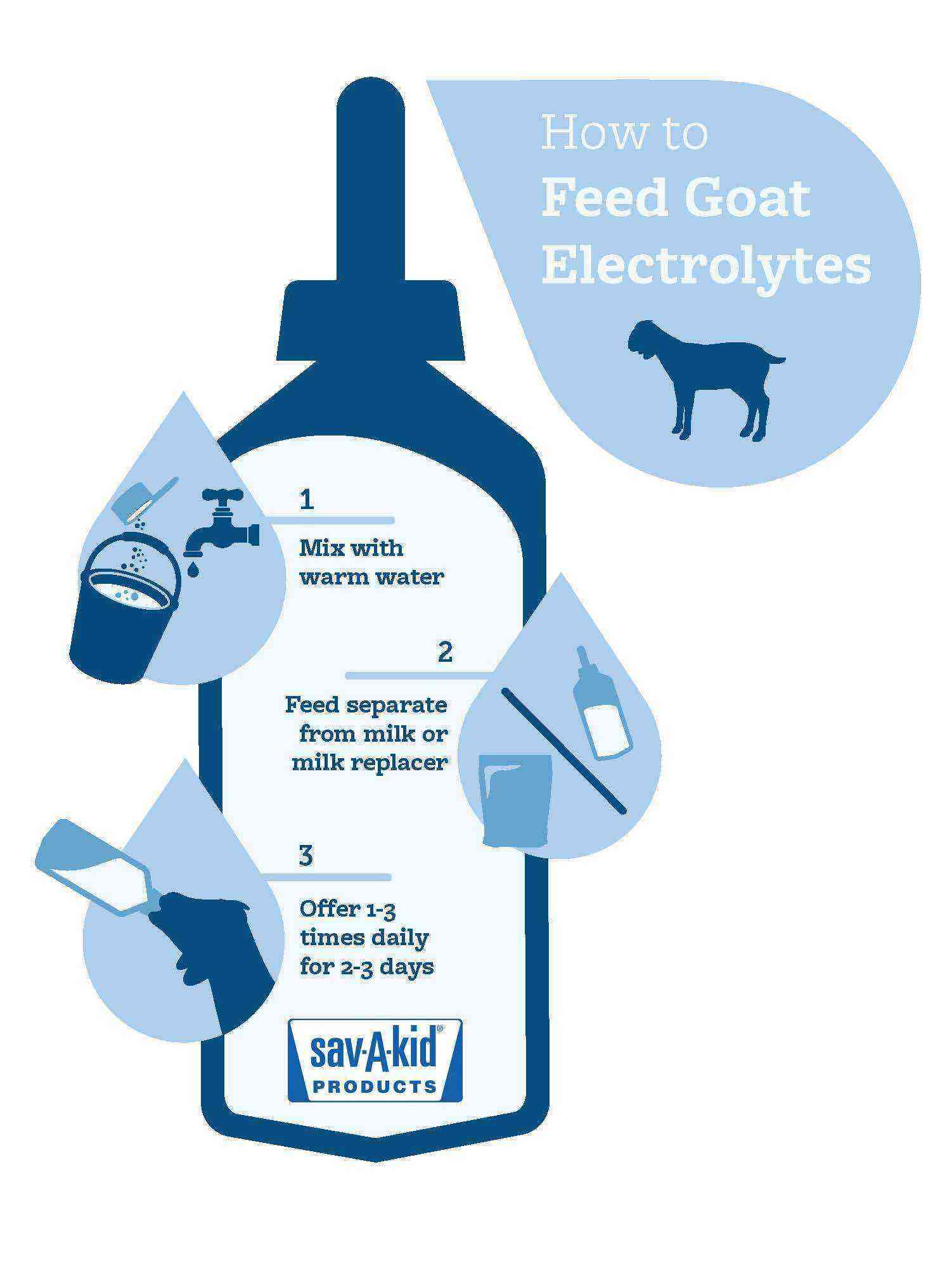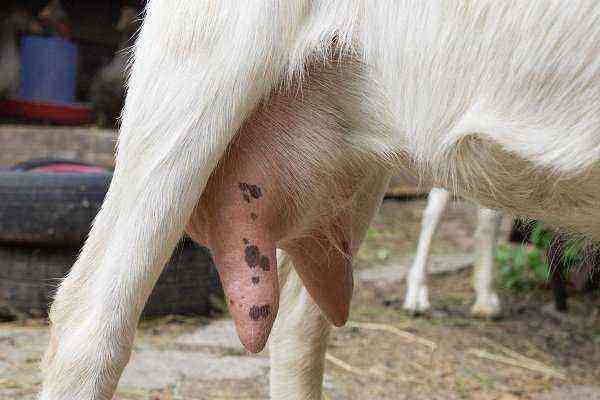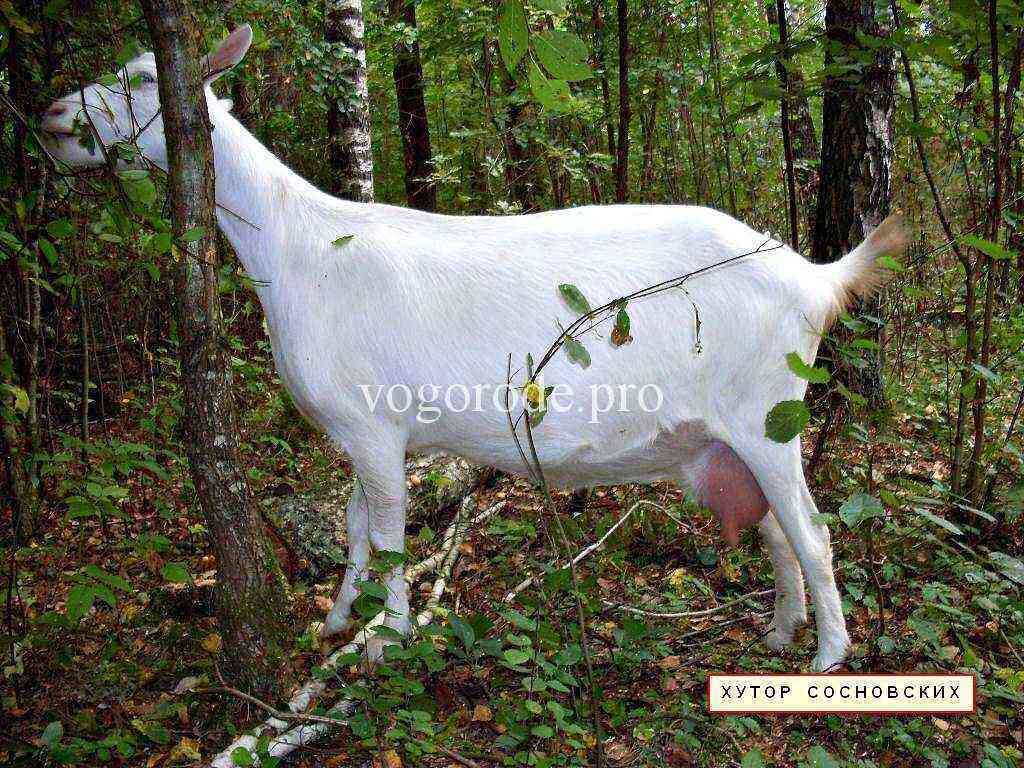When breeding goats, you need to understand their physiology. This is especially true for reproduction. When can they be covered? How often to do it? Finally, what happens if the goat is not covered? Every goat breeder should be aware of the answers to these questions. Otherwise, the chances of a successful economy are rapidly decreasing.
If the goat is not covered
The content of the article:
Causes and consequences of unsuccessful cases
There are frequent cases when the mating went as it should, the goat was on the hunt, but did not cover. There are several reasons. The most common are the following:
- goat weight problems (overweight or underweight);
- the goat has physiological abnormalities;
- goat health problems.
Often beginner breeders believe that the animal cannot overeat. This is not true. For goats, excess fat has a negative effect on the ability to reproduce. When covering, this factor interferes with the result. Similarly, a lack of weight in a goat can work. In this case, her body does not have the strength for pregnancy.
There is also a chance of banal infertility or other physiological abnormalities. There is hardly anyone’s fault, and, sadly, the goat will soon have to be slaughtered. The only exception is if she gives milk in large quantities. But such cases are rare.
Possible problems with the goat. If he has small testicles or general soreness, then it is better to replace with a stronger manufacturer. Otherwise, the goats covered with it will give birth to the same weak and sickly kids.
In all cases, the consequences for the economy are the same – the absence or the birth of non-viable offspring. There is a chance that the goat will miscarry. All options will adversely affect the health of the animal, so it is best to avoid them.
Goat cover rules
A case is a responsible matter that cannot be approached carelessly. First of all, you need to follow a few rules that will be the key to successful coverage.
First, you need to find out if animals have diseases. If a goat is sick, even a strong goat-producer will not give her healthy offspring. Of course, this also works in reverse. And here things can turn out to be much more serious, because in the case when a sickly male covers the goats, this leads to much more damage to the livestock.
The second is when to cover the goats, at what age? Some may think that the sooner the goats start producing offspring, the better. This is not true. Some females show similar signs of hunting as early as three months (invitingly waving their tails, bleating loudly, ignoring food). But this age is in no way suitable for coverage. Before a year, mating with a goat is undesirable. This will only exhaust her body, even if the birth is successful. It is better to be patient for several months, but instead of two kids, get a dozen. The benefit is obvious.
The third point is the weight of the animals. What is excess, what is lack is undesirable. If you are covering an overfed or underfed animal, the best outcome is no pregnancy. In the worst case, a miscarriage may occur, in which not only the fetus will die, but also the mother goat herself.
The fourth question is how to determine that the cage was successful? First of all, it should be carried out within 6 hours after the onset of hunting in a goat. Well, the second point, regarding how the cage should go. The goat makes several weak pushes, and completes them with one powerful one. At the same time, the goat abruptly begins to stoop. If all this happened, then the cage is successful. If not, it must be repeated after half an hour.
Well, the last. Only purebred animals should mate. Of course, absolutely “pure” blood begins to degenerate over time. To avoid this, every 3-4 years you need to change the goat of the manufacturer. If individuals with excessively “diluted” blood mate, this is guaranteed to lead to a rapid degeneration of pedigree traits. For example, Saanen goats may begin to be born with slightly longer hair, but they will produce much less milk. There is nothing good for the economy in these changes.
Tips for dealing with mating problems
In the event that any disease in a goat or goat interferes with the coating, it should be cured, the animal should be allowed to recover, and only then should mating be started according to the rules. If genetics or physiological abnormalities are to blame, there is nothing to be done, this goat will not give birth to kids.
If the reason is excess or lack of weight, then the situation is not very difficult to correct. In the case when the goat is too thin, you just need to feed it to normal weight. If the goat is too fat, then you will have to show willpower and make her starve for about two days. For this, the goat is placed in a separate pen. Then she should be given enough water, but no food. Listening to the mournful bleating of an animal is another test. But for the sake of the goat and the farm, you can endure.
After two days, you can start feeding, but only in small portions. If the goat has not lost enough weight, the procedure should be repeated after a week. But repeating the hunger strike more than three times, even in especially advanced cases, is undesirable. It is better to simply reduce the animal’s diet and let the natural metabolism do the rest. If the animal is healthy, within a couple of months everything will return to normal.
Well, one more piece of advice. You can not save on the services of a veterinarian. If a goat does not show signs of hunting for six months, while continuing to eat normally, this may be a sign of illness. Likewise, if she enters the hunt, but does not allow the goat to approach her. Or, having already given birth, does not feed the kids. In all these (and many other) cases, you need to see a doctor.
Conclusion
Covering goats is a crucial moment for a beginner goat breeder. It is better to consult with specialists before covering a goat. They will tell you if the animals are ready for mating, how to conduct it and how to make sure that it is effective.
If you don’t want to turn to specialists, you will have to become one yourself. Special literature, training videos and a bit of diligence and perseverance – and yesterday’s newcomer can become a real livestock breeder.
